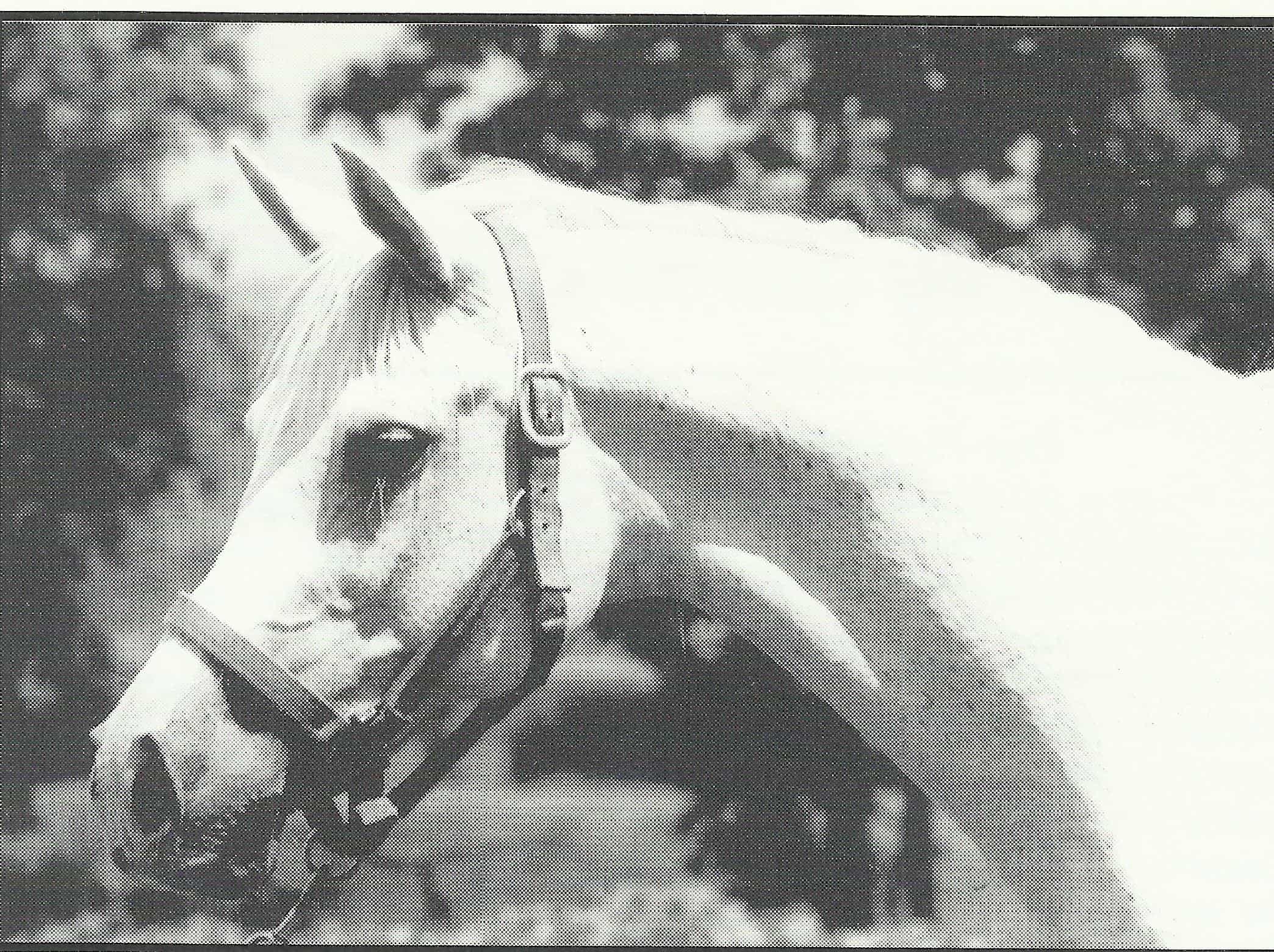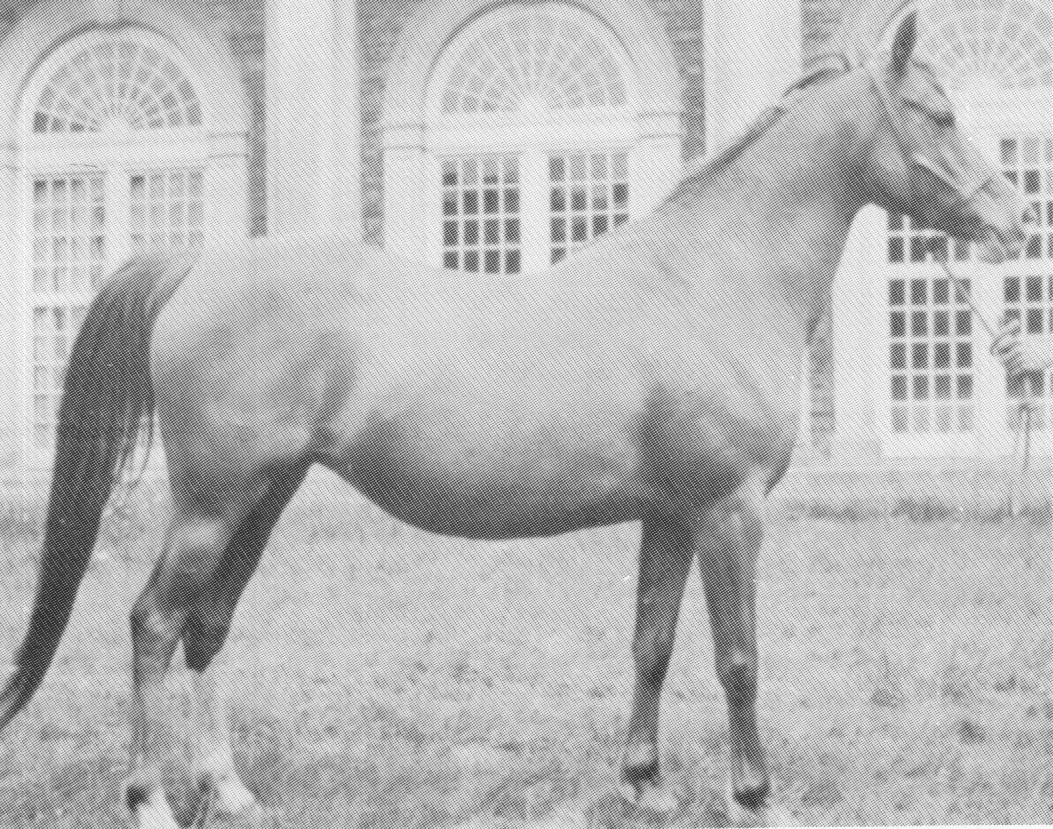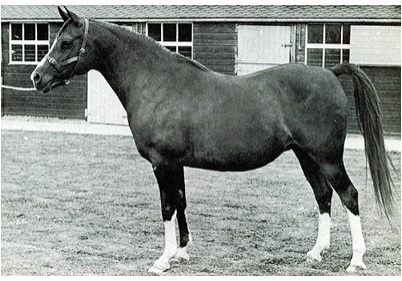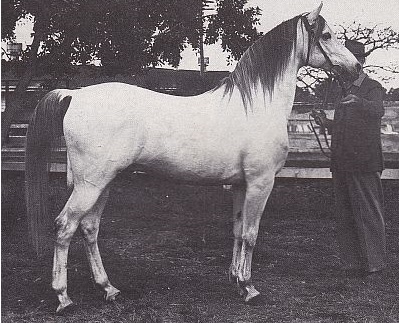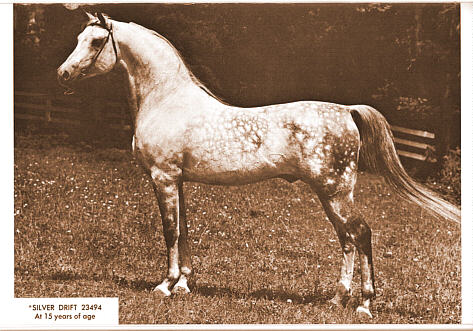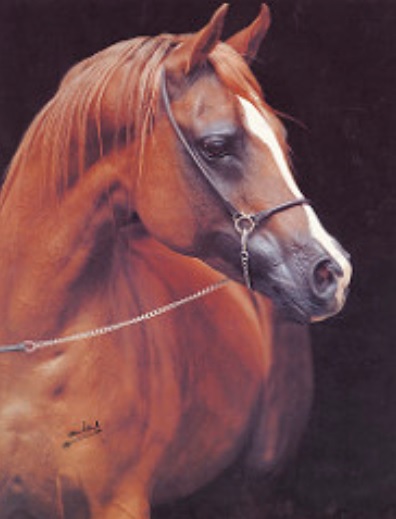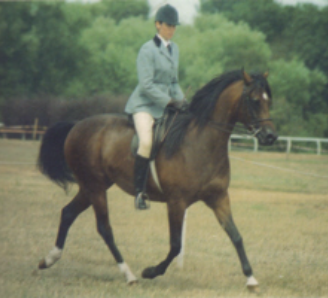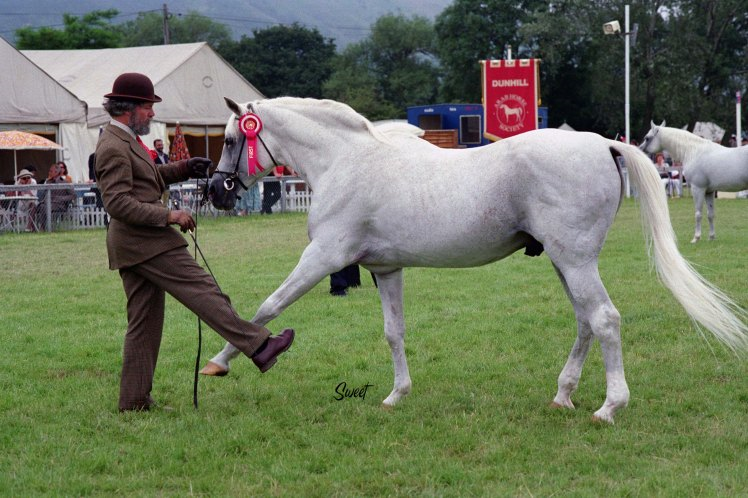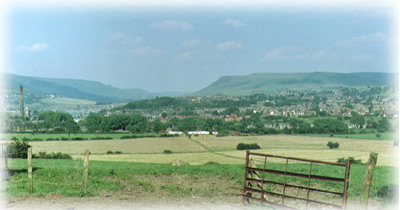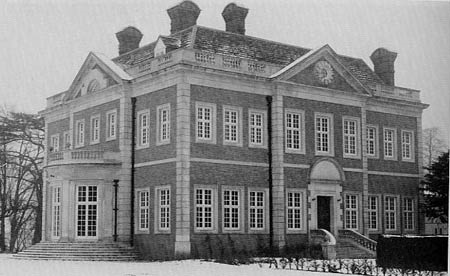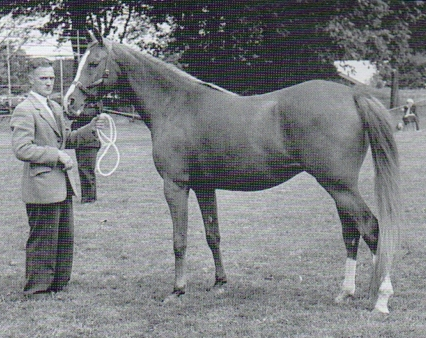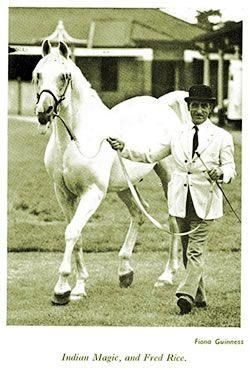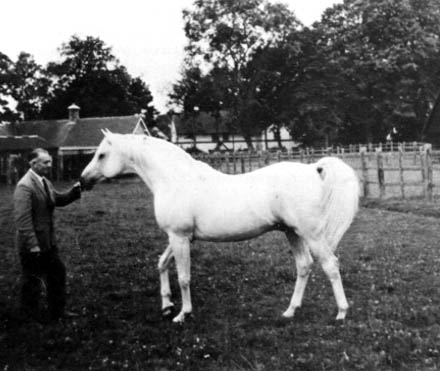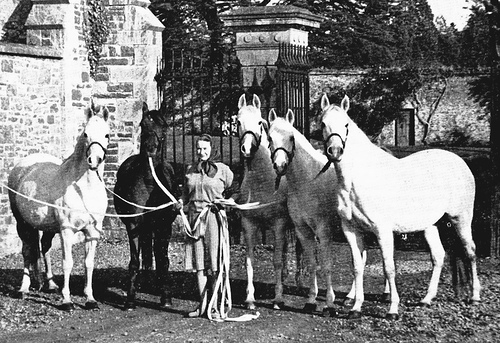Dargee
-
Long Live Crabbet: A Tour of Straight Crabbets in the American North East
-
Margaret Murray and the Painswick Lodge Stud: Part 1, 1932-1967
-
Distinctly Crabbet: Sirella and Hanif
-
The Silver Drift Influence in Australia
-
*Silver Drift: Sire Supreme
-
Three Great Crabbet Sires: *Serafix, *Silver Vanity and *Raffles
-
Highfield Stud, Wales - UK Summer 2000 Stud Tour
-
Coed-y-foel Arabians, Wales - UK Summer 2000 Stud Tour
-
Imperial Arabians, Wiltshire - UK Summer 2000 Stud Tour
-
UK Summer 2000 Stud Tour
-
Pilgrimage to Crabbet Park – 2002 Crabbet Convention
-
Silent Wings (Oran x Silfina) - Arabian Sport Horse History: Bloodlines
-
"Mr. Crabbet" - Fred Rice
-
Indian Magic: Wentworth Superhorse
-
The Most Beautiful Little Horse

